How to prune lilacs and when to do it
Here’s how to prune lilacs to get the best blooms
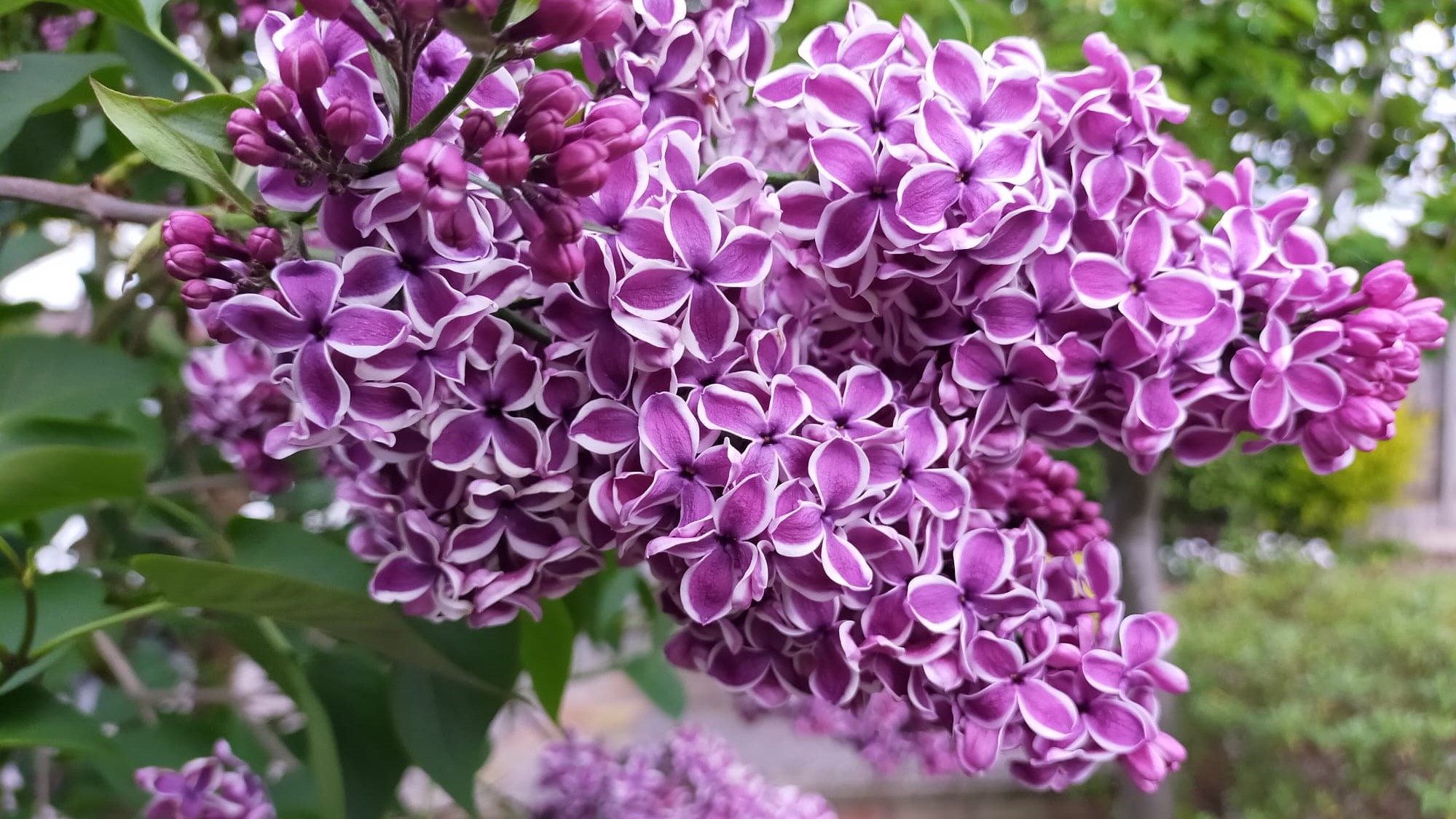
Every seasoned gardener should know how to prune lilacs. These traditional bushes can produce some of the most stunning and scented blooms year after year. From purple, to white, to pink, the flowers come in all sorts of colors and the sweet aroma will attract butterflies far and wide.
The trouble is lilacs are fast-growing and can quickly become unruly and intrusive if not kept well-maintained. That’s why pruning lilacs is a necessity, much like knowing how to prune hydrangeas or how to prune roses. Not sure what to do? Don’t worry — here, we will take you through everything you need to know about pruning lilacs, from when to do it, to tips and tricks to get the best blooms. Before you get started, you can also check out the 7 pruning mistakes you never knew you were making. And if you have roses, learn how to deadhead roses to keep them blooming.
(If you have a fruit garden, you can learn how to prune grapevines for some fresh and sweet grapes).
How to prune lilacs
Bypass pruners
Lopping shears
Gardening gloves
Pruning saw (optional)
1. Gather your equipment — Depending on the size of your lilac bush, you may need a pair of one of the best pruning shears as well as lopping shears. Check the sizes of the branches to confirm. Make sure you’re wearing an adequate pair of gardening gloves as well.
2. Cut away dead blooms — First, remove any finished blooms all the way back to the first set of leaves on the stem. This will promote fresh blooms next year.
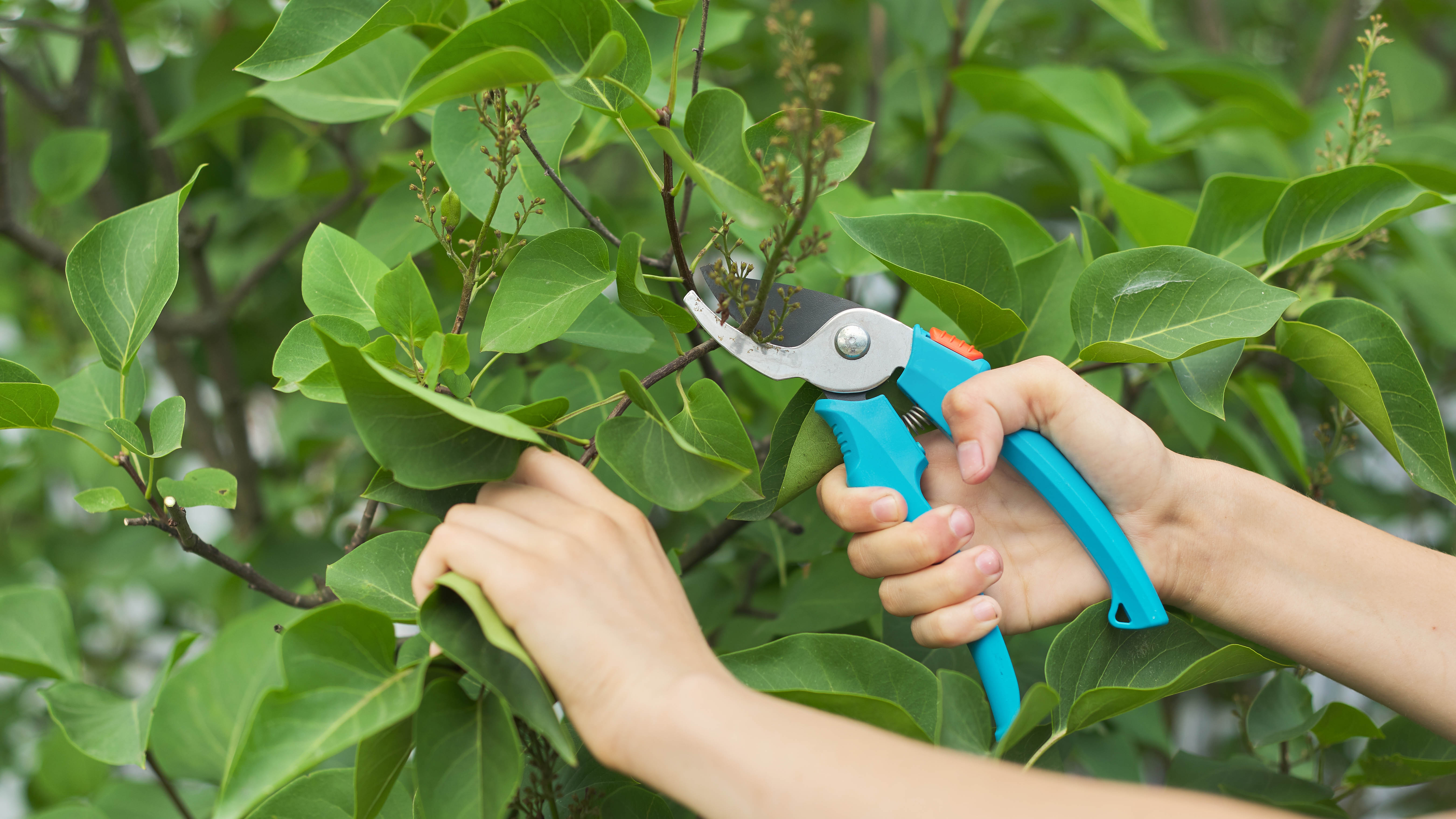
3. Remove dead stems — Next, cut back any stems which look diseased or rotten all the way to the ground. Be sure to throw any thin stems as well as dead bloom cuttings onto the compost heap so you can repurpose.
4. Trim the excess — Take a step back and have a look at the overall shape of your bush. Remove any thin, unproductive twigs and cut back the main branches by about a third to your desired look.
Get instant access to breaking news, the hottest reviews, great deals and helpful tips.
5. Remove suckers — Cut away any suckers which have appeared at the base. These will sap the energy of the plant, and removing them will refocus its attention on its own growth.
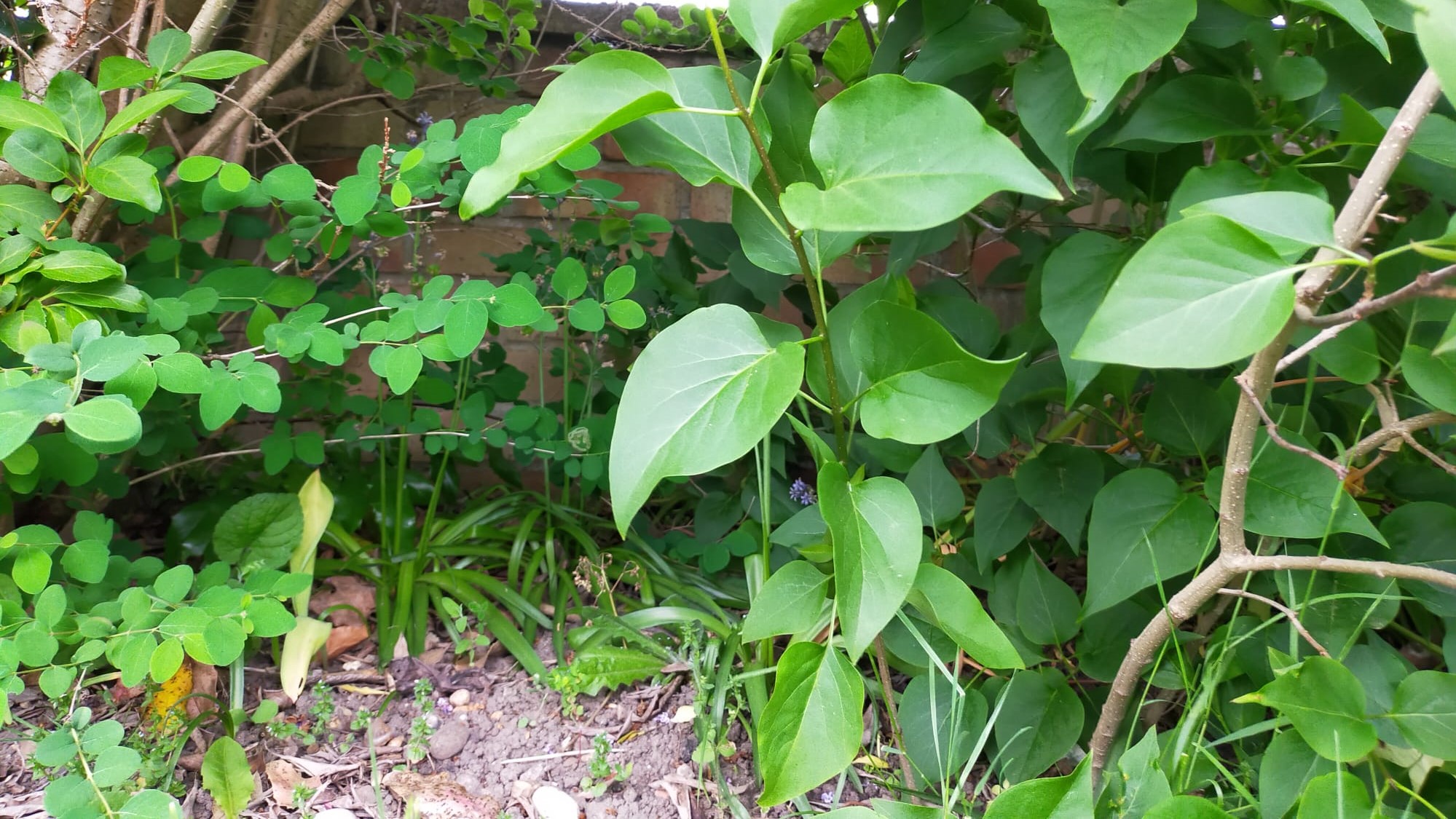
6. Lessen the load — You can also improve the air circulation of the plant by trimming away some of the unnecessary branches which overcrowd the inside of the bush. If there are too many branches, they can rub together and bruise, which can lead to infection.
7. Let it grow — Alternatively, if you want your lilac bush to have a fuller appearance, prune any new stems down to an outward facing bud. This will encourage thicker growth.
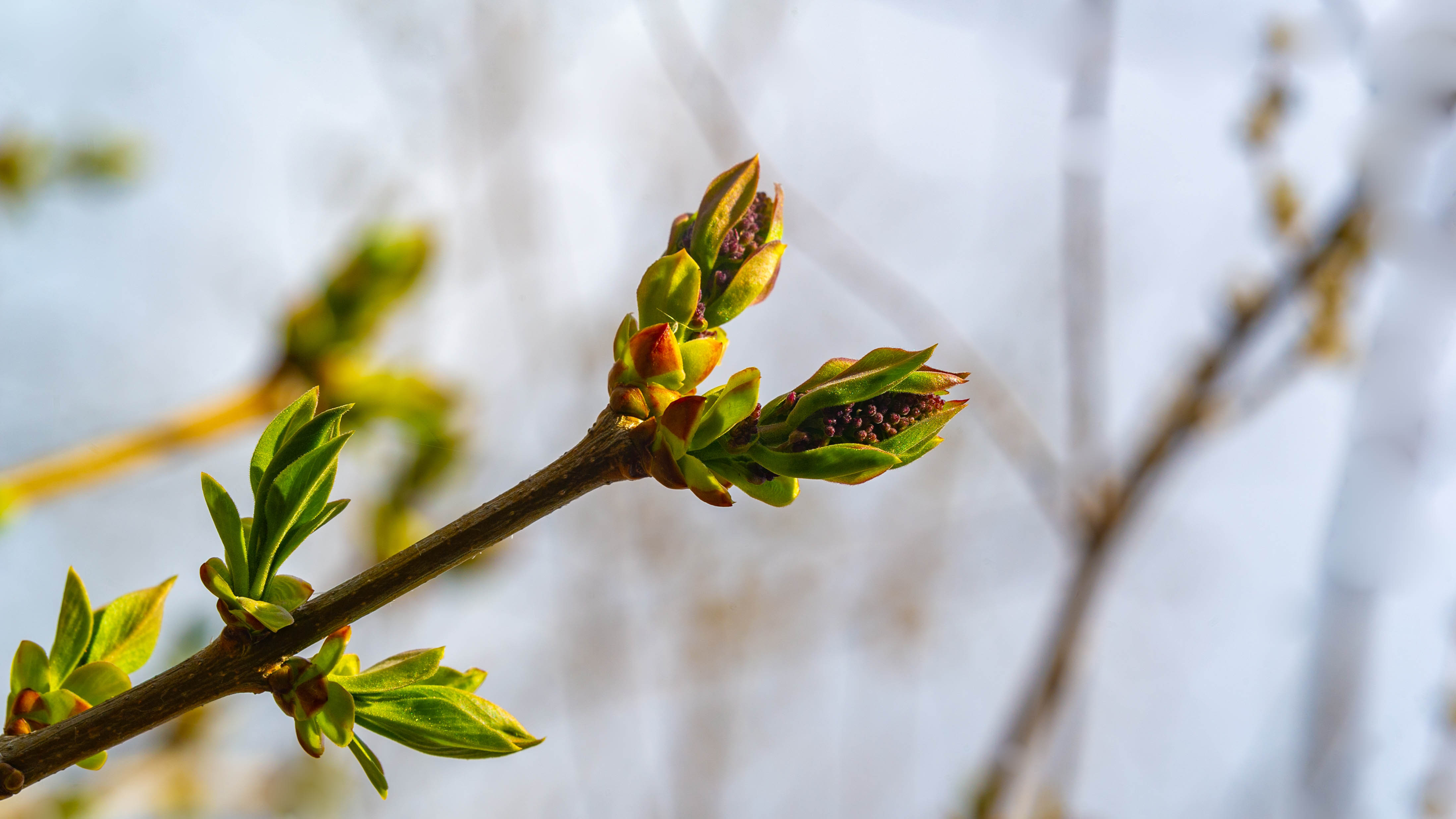
8. Control the height — If you’re worried about your lilac bush growing too tall, you should remove any particularly old, thick stems — 2 inches plus in size. You may need the lopping shears or even a saw for this job. This should help manage the height.
And there you have it. Your lilac bush should now be rejuvenated and you can expect fresh and full blossoms next season.
How to prune overgrown lilacs
An overgrown lilac bush can seem a daunting task to prune, but don’t worry, these too can be restored with a bit of care and patience.
If you want to make this a gradual project, cut back one third of the branches to ground level every year for three years. Start with the oldest, thickest branches — you may need to use a saw for these as they can be very tough. You’ll likely lose some of next season’s flowers by this method, however it will promote the plant’s health in the long-run and encourage blooms all over by year three. Don’t forget to remove any dead branches and flowerheads as you go as well.
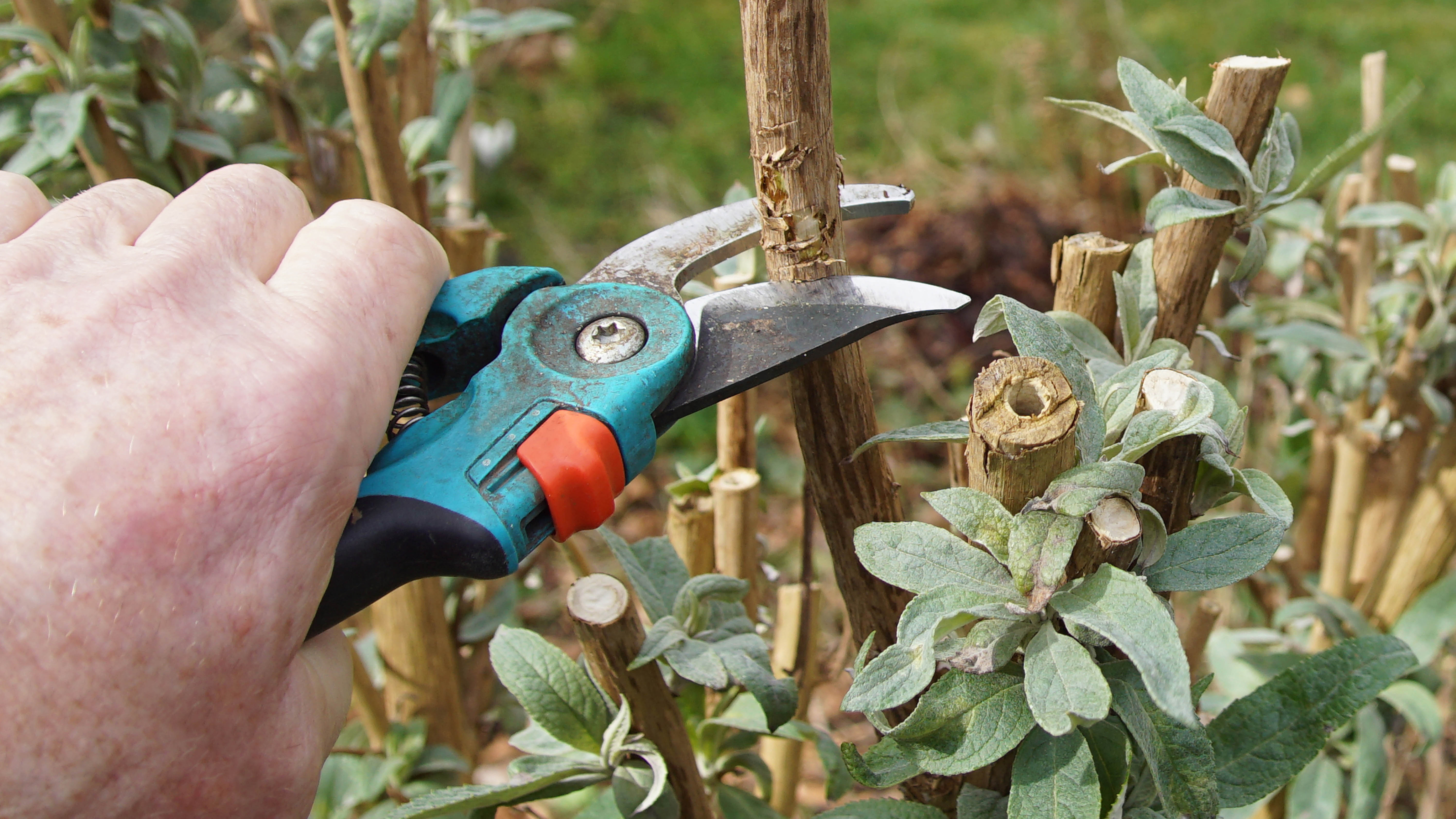
A more drastic method is to cut back the entire shrub in one sweep. Lilacs are pretty hardy and can take a severe pruning. Cut it back all the way to 6-8 inches off the ground (if your lilac has been grafted, be sure to leave room for this section). After this, fertilize the soil to give your lilac bush the best chance of growth. It may take a few years for the flowers to grow back, but this will give your lilac bush a fresh start.
When should you prune lilacs?
The best time to prune a lilac bush is once the flowers have finished blooming, which is usually between April and June. This gives the new buds a chance to develop in time for the next season.
If you’re substantially pruning back your lilac bush, this is best done in the early springtime. This will encourage the shoots through the growing season. A young lilac bush (less than 6ft in height) may not need pruning, but one’s which are more established will need to be pruned on a yearly basis.

What about lilac trees?
Some lilacs have the appearance of trees with a single thick stem, and grow to heights of up to 25 feet. These too can be pruned to about 8 inches off the ground if necessary for a fresh start. Bear in mind, it will take years for the tree to grow back and flower.
For more planting tips, tricks, and how-tos, check out our guides on how to plant sunflower seeds and when to do it, how to plant potatoes and how to grow tomatoes in pots. You'll also want to read how to prune hydrangeas, how to care for an orchid, and how to care for air plants.
If you’ve noticed wilting flowers on your hydrangeas, it might be time to deadhead them — here's how to deadhead hydrangeas.

Katie Mortram used to be a Homes Editor for Tom's Guide, where she oversaw everything from kitchen appliances to gardening tools, as well as smart home tech. Specializing in providing expert advice for cleaning and home manintenance, she now works as Household Advice Editor for Good Housekeeping.
